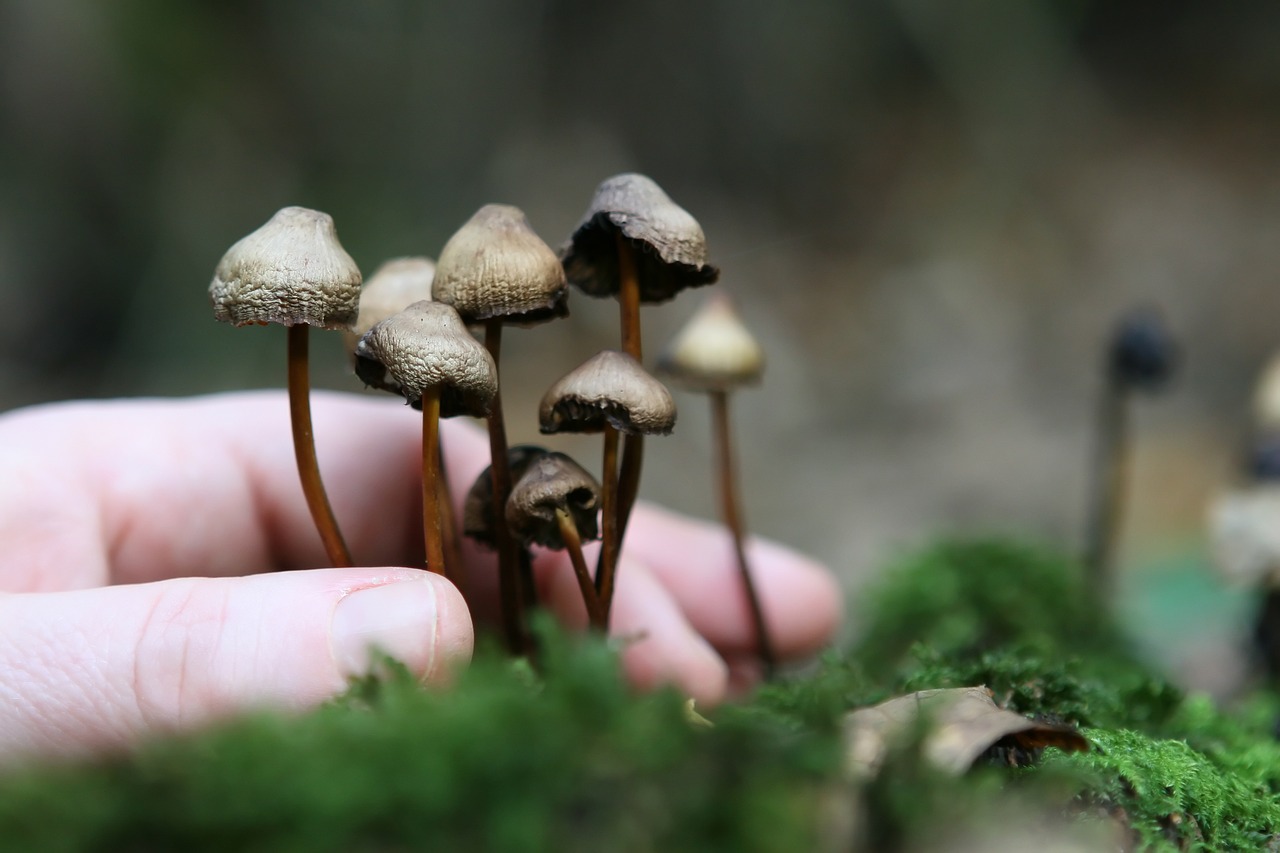Demystifying Mycelium
Mycelium, the underlying structure of fungi, essentially operates as the mushroom’s digestive system. It hunts for nutrients, transforms them into an absorbable form for the fungus, and consequently nourishes the fungus. This process’s byproduct enriches the soil around it, supplying essential nutrients to other plants and generating a nutrient-rich biomass ideal for gardening mulch.
Beyond their significance in mushroom development, mycelium networks are crucial for the well-being and growth of numerous terrestrial plants, including trees. For example, tree roots establish a mutually beneficial exchange with fungi: the tree offers the fungus carbon in sugar form, and reciprocally, the fungus provides the tree with indispensable minerals like nitrogen and phosphorus. Learn more about this interaction here.
Fascinatingly, mycelium networks function as a kind of subterranean communication system among plants, akin to our brains’ neural networks. Current scientific studies propose that plants and trees may have basic nervous systems that fungi could potentially manipulate, impacting processes like communication, memory, and learning. Furthermore, by breaking down decaying organic matter and neutralizing any existing pollutants, mycelium enhances soil health.
If you are keen on growing magic mushrooms, grasping the development of mycelium is essential. While the cultivation process might be daunting for beginners, acquiring knowledge about mycelium is a vital initial move. While you always have the option to buy mushrooms from Fungalfriend Canada online, understanding mycelium can elevate your cultivation journey.
Mycelium’s Growth Journey
Upon encountering a growth-friendly environment, fungal spores trigger the formation of two mycelium types. The first type, known as primary or monokaryotic mycelium, stands out due to a single nucleus in each cell and is usually invisible to the naked eye. The second type, termed secondary or dikaryotic mycelium, is visible and houses two nuclei in each cell.
As fungal spores germinate, they form the initial or primary mycelium known as the monokaryotic mycelium. When this mycelium encounters another compatible one, they merge and transition into the second stage, forming the dikaryotic mycelium. This secondary mycelium is capable of producing mushrooms or sclerotia.
Types of Mycelia
Mycelia are categorised into three types, two of which are signs of successful cultivation.
- Rhizomorphic mycelia are string-like extensions. They are identifiable and, like all mycelia, consist of units termed hyphae. The rhizomorphs are the network of clustered hyphae. The rhizomorphic mycelia first spread out and then send back chemical signals indicating that the area ahead is nutritionally viable. The rest of the mycelia follow suit. The hyphae at the tip of the rhizomorphic mycelia release peroxidase, a substance that breaks down the material in front for food. The hyphae extend over this material, spreading the nutrients throughout the colony. Many cultivators favour this mycelia type due to its potential for higher mushroom production as it sprouts from the substrate.
- Tomentose or “Fluffy” mycelia, bear many similarities to Rhizomorphic mycelia but with a unique arrangement of strands. These strands may not be immediately visible as they clump together, giving a cotton-ball appearance. The growth environment largely influences whether your mycelia develop tomentose or rhizomorphic traits. There is an ongoing debate among cultivators about whether the mycelia type affects growth rate or harvest yield.
- Aerial mycelia appear when the growing conditions are not ideal. Under such circumstances, the mycelia tend to grow outward rather than spreading across the medium or balling up. Often mistaken for bacterial infection, this mycelia type can hamper mushroom cultivation, leading to smaller, weaker mushrooms. Aerial mycelia usually result from inadequate fresh air exchange and excessive humidity.
Mould or Mycelium?
It’s vital to distinguish between mould and mycelium. If you notice green, blue, grey, or black patches on or in your fruiting box, it’s likely contaminated. Discolouration is the primary indicator. However, blue spots could just be bruises.
Cobweb moulds are typically quite conspicuous. As opposed to the bright The Mycelium is usually characterized by its greyish-white color and a stringy, fluffy texture. Although cobweb moulds and green moulds pose no risk to human health, they can have an adverse impact on the wellbeing of your mushrooms.
Fungalfriend Canada: Your Trusted Guide for All Things Mushroom
For anything related to psychedelic mushrooms in Canada, Fungalfriend Canada should be your first thought. We are committed to offering insightful information that ensures a safe and pleasurable mushroom experience.





